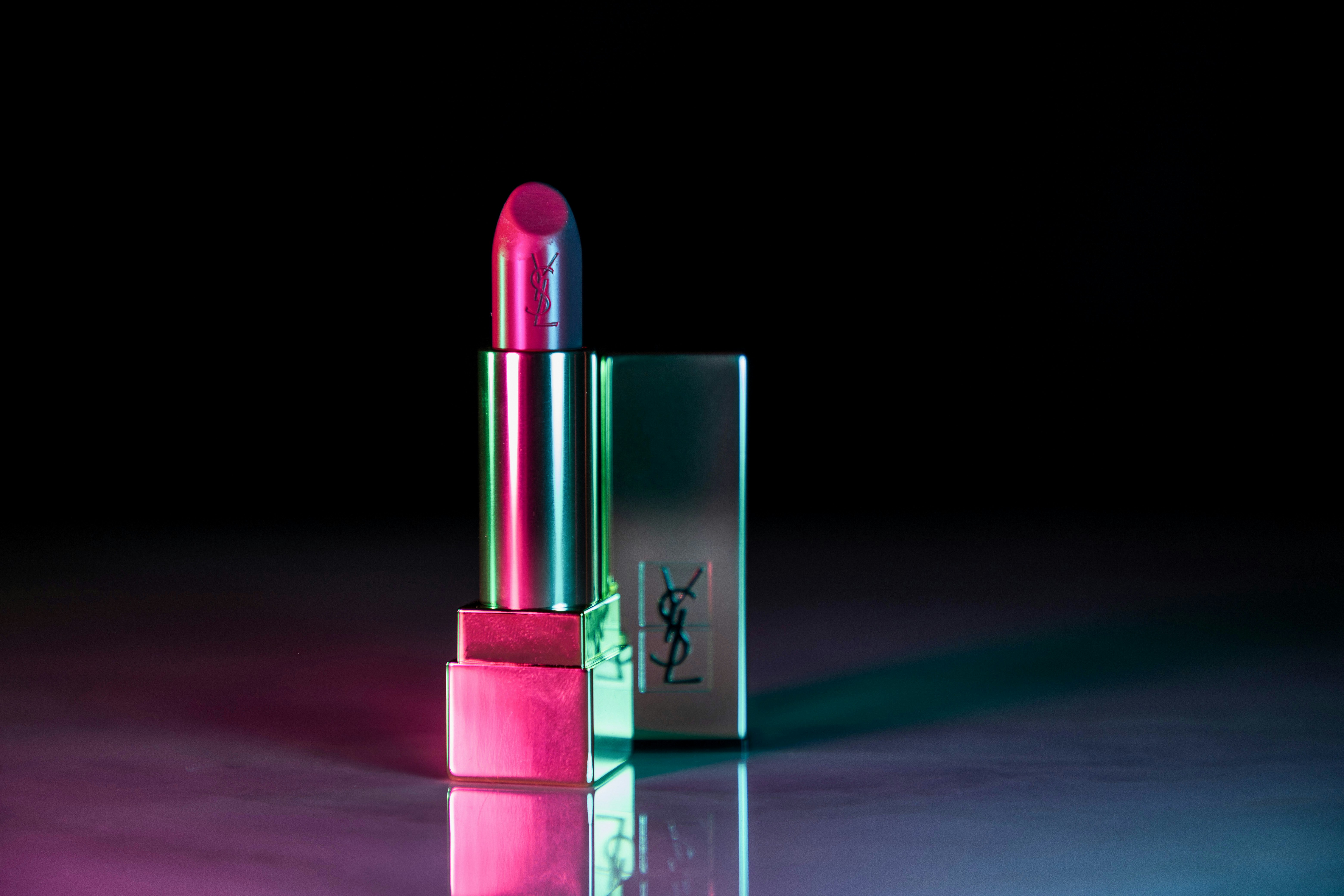1. The Role of Affordable Luxury in Emotional Self-Regulation: A Behavioral Insight
According to the Financial Times article “Lipstick effect helps UK beauty sector glow” (August 23, 2024), the lipstick effect has gained relevance as a form of compensatory consumption. In times of economic uncertainty, consumers tend to invest in accessible yet emotionally resonant products—items that reinforce their self-image, restore a sense of perceived control, and serve as subtle emotional regulators.
2. Beyond Need: Desire as a Driver of Decision-Making in Volatile Contexts
In the UX field, many brands remain focused on solving functional problems. However, phenomena like the lipstick effect reveal that long-term loyalty and meaningful engagement do not stem solely from friction reduction, but from a product’s ability to activate symbolic and aspirational motivations. Users don’t just buy a product for what it does—they engage with it for what it says about who they are, and who they want to become.
3. From Ritual to Interface: Translating the Emotional Value of Beauty into Digital Design
Emotionally resonant gratification
Example: Headspace
Headspace doesn’t just guide meditations—it offers microinteractions that acknowledge the user’s internal state (such as “we see you’re back, even on a tough day”), fostering a sense of companionship and emotional validation. Every soft animation and warm voice is designed to regulate the nervous system, not merely to “look nice.” This is functional emotional affirmation.
Meaningful ritual through interface
Example: Zenyum (digital orthodontics startup, Southeast Asia)
Instead of sterile dashboards tracking dental progress, Zenyum creates a gamified journey with visual rituals to mark milestones. Users are invited to celebrate, reflect, and share their transformation. What begins as a clinical treatment becomes an almost initiatory process. This is digital ritual: symbolic resonance embedded in flow.
Everyday digital luxury
Example: Notion
Notion’s user experience is intentionally pleasurable. From its dark mode to subtle animations and the soft sound of duplicating a page—each element conveys aesthetic care. These features are not functionally necessary, but they create a "design pleasure" that emotionally elevates the experience, even in the free version.
Products with identity value
Example: Strava
Strava isn’t just an app for tracking workouts—it’s a platform for self-representation. Athletes build a public narrative of who they are, and the app supports it with symbolic trophies, visual challenges, peer recognition, and personalized maps. Using Strava says something about you: that you train, that you improve, that you belong to a community. That’s identity-centered design done well.
4. The Lipstick Effect as Behavioral UX in Action
This phenomenon clearly reflects a core principle of behaviorally informed design: when the external world feels unstable, users seek experiences that restore subjective agency, identity continuity, and emotional regulation. It’s not just about task resolution—it’s about supporting the individual in their symbolic dimension. As suggested by frameworks such as emotional design (Norman) or identity-based motivation (Oyserman), the value of a product lies not only in what it enables users to do, but in how it enables them to feel. Shouldn’t that restorative function be at the heart of product strategy?
5. Conclusion: Designing for Emotional Dignity
In increasingly utilitarian digital ecosystems, competitive advantage lies not only in functionality, but in a product’s capacity to recognize the user as a full subject. Designing for emotional dignity means going beyond efficiency—it’s about respecting the user’s inner experience: self-worth, care, intention. As Nussbaum argues, dignity is not a moral luxury; it is a human necessity. If a physical product like a lipstick can fulfill that symbolic role in times of crisis, the question is: what could your digital product offer to serve that same purpose?
At Marnov, we explore these questions to craft growth and UX strategies that not only function—but resonate.
Ready to discover how desire drives your audience?
References
Norman, D. A. (2004). Emotional design: Why we love (or hate) everyday things. Basic Books. Dittmar, H. (2008). Consumer culture, identity and well-being: The search for the ‘good life’ and the ‘body perfect’. Psychology Press. Belk, R. W. (1988). Possessions and the extended self. Journal of Consumer Research, 15(2), 139–168. https://doi.org/10.1086/209154 Nussbaum, M. C. (2011). Creating capabilities: The human development approach. Harvard University Press.
Explore more topics
Insights shaped by curiosity, reflection, and real-world patterns.
Unlock Your Research Potential
Ready to elevate your understanding of your audience? Reach out today to discover how our insights can transform your business.






.jpg)